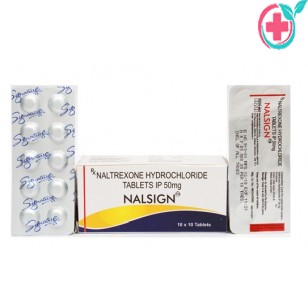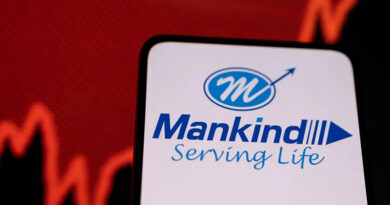Naltrexone 50 mg tablet: Indications, Dosage, How to Take It
(Naltrexone hydrochloride tablets USP), an opioid antagonist, is a synthetic congener of
oxymorphone with no opioid agonist properties. Naltrexone differs in structure from
oxymorphone therein the methyl group on the nitrogen atom is replaced by a
cyclopropylmethyl group. Nodict is also related to the potent opioid antagonist,
naloxone, or n-allyl noroxymorphone.
Nodict is a pure opioid antagonist. It does not lead to physical or psychological
dependence. Tolerance to the opioid antagonist effect is not known to occur.
Nodict has been shown to produce complete blockade of the euphoric effects of opioids
in both volunteer and addict populations. When administered by means that enforce
compliance, it will produce an effective opioid blockade, but has not been shown to
affect the use of cocaine or other non-opioid drugs of abuse.
There are no data that demonstrate an unequivocally beneficial effect of Nodict on rates
of recidivism among detoxified, formerly opioid-dependent individuals who self-
administer the drug. The failure of the drug in this setting appears to be due to poor
medication compliance.
The drug is reported to be of greatest use in good prognosis opioid addicts who take the
drug as part of a comprehensive occupational rehabilitative program, behavioural
contract, or other compliance-enhancing protocol. REVIA, unlike methadone or LAAM
(levo alpha-acetyl-methadol), does not reinforce medication compliance and is expected
to have a therapeutic effect only when given under external conditions that support
continued use of the medication.
A dose of 50 mg once a day will produce adequate clinical blockade of the actions of
parenteral administered opioids. As with many non-agonist treatments for addiction,
Nodict is of proven value only when given as part of a comprehensive plan of
management that includes some measure to ensure the patient takes the medication.
The efficacy of Nodict as an aid to the treatment of alcoholism was tested in placebo
controlled, outpatient, and double blind trials. These studies used a dose of Nodict 50
mg once daily for 12 weeks as an adjunct to social and psychotherapeutic methods when
given under conditions that enhanced patient compliance. Patients with psychosis,
dementia, and secondary psychiatric diagnoses were excluded from these studies.
In one of these studies, 104 alcohol-dependent patients were randomised to receive
either Nodict 50 mg once daily or placebo. in this study, Nodict proved superior to
placebo in measures of drinking including abstention rates (51% vs. 23%), number of
drinking days, and relapse (31% vs. 60%). in a second study with 82 alcohol-dependent
patients, the group of patients receiving Nodict were shown to have lower relapse rates
(21% vs.41%), less alcohol craving, and fewer drinking days compared with patients who
received placebo, but these results depended on the specific analysis used.
The clinical use of Nodict as adjunctive pharmacotherapy for the treatment of
Alcoholism was also evaluated in a multicenter safety study. This study of 865
individuals with alcoholism included patients with comorbid psychiatric conditions,
concomitant medications, polysubstance abuse and HIV disease. Results of this study
demonstrated that the side effect profile of Nodict appears to be similar in both
alcoholic and opioid dependent populations, and that serious side effects are
Uncommon.
In the clinical studies, treatment with Nodict supported abstinence, prevented relapse
and decreased alcohol consumption. In the uncontrolled study, the patterns of
abstinence and relapse were similar to those observed in the controlled studies. Nodict
was not uniformly helpful to all patients, and the expected effect of the drug is a modest
improvement in the outcome of conventional treatment.


